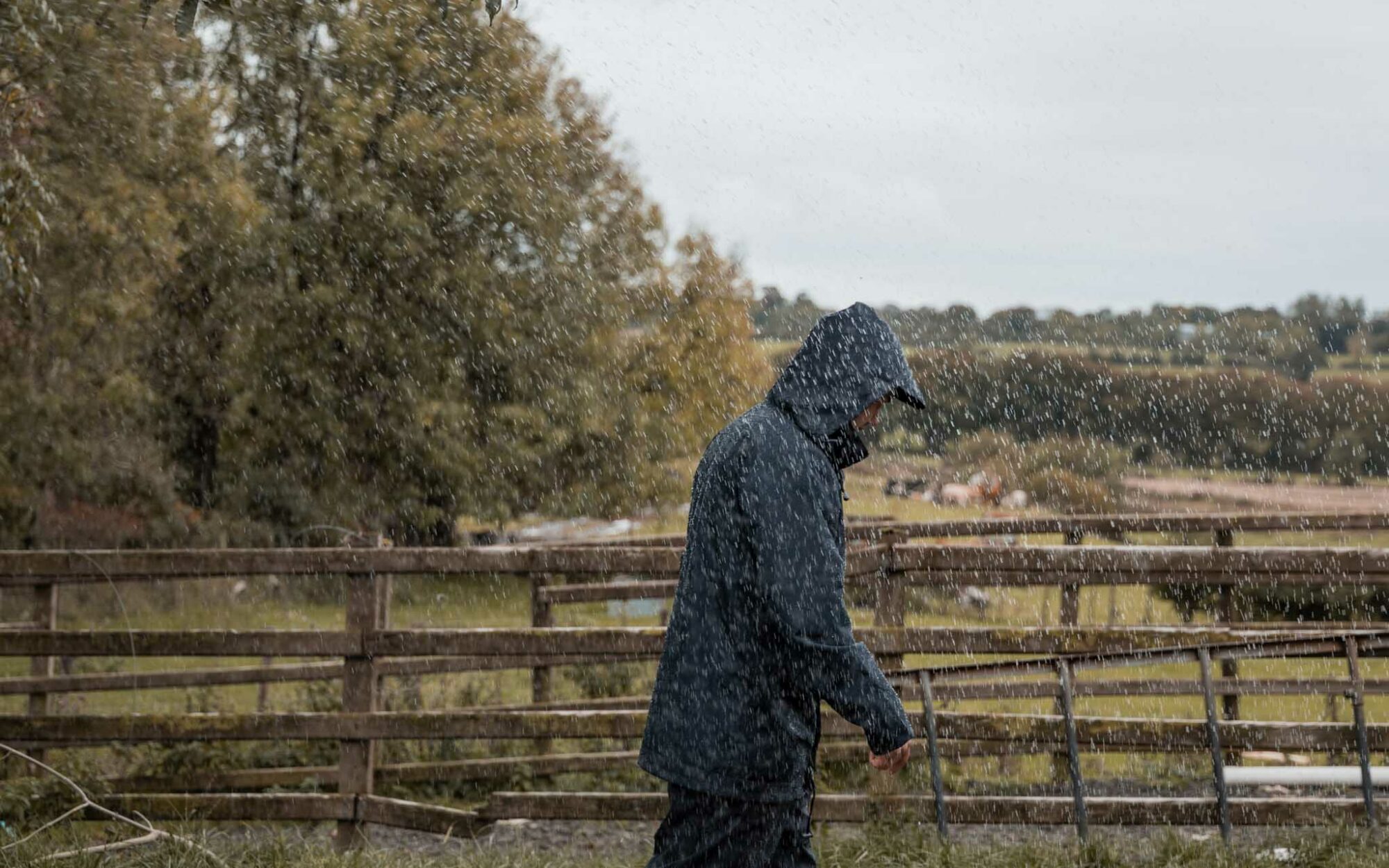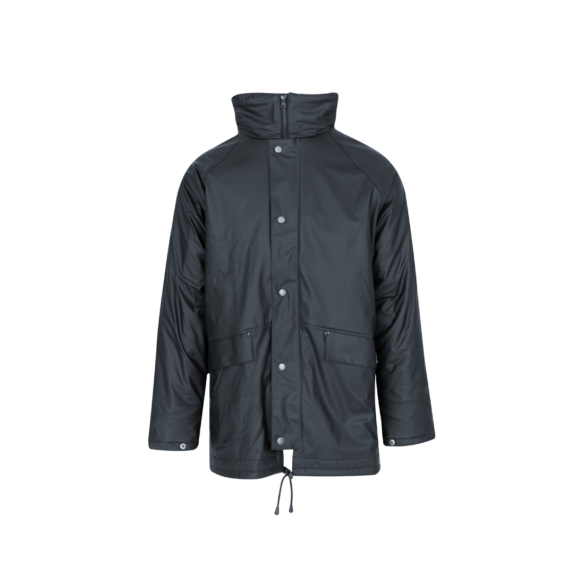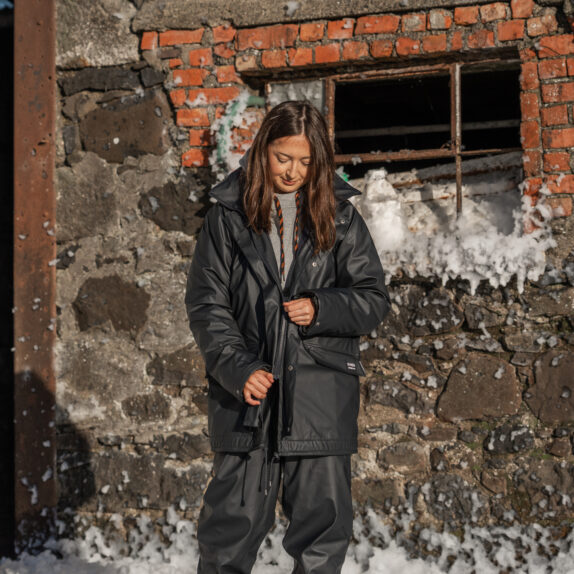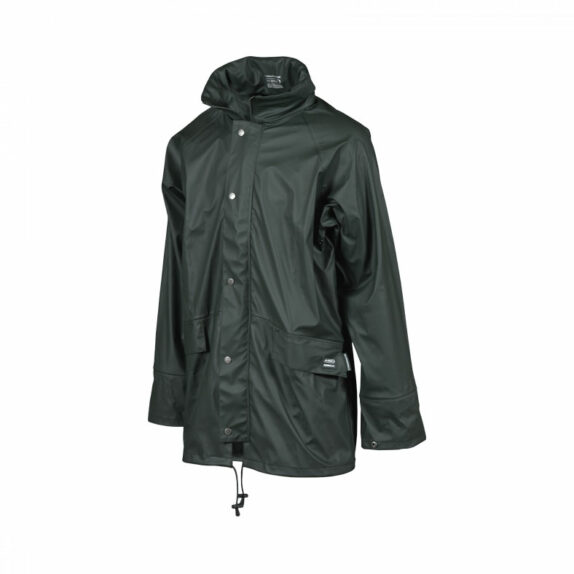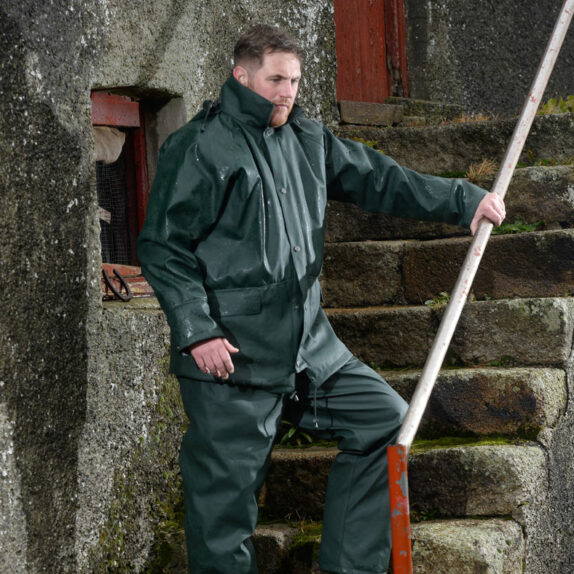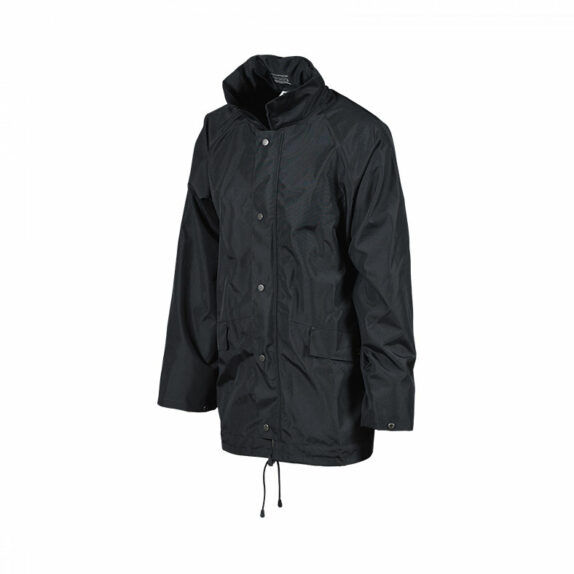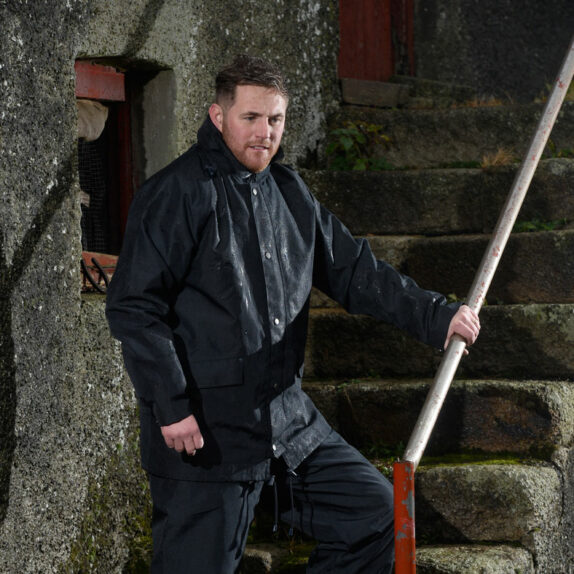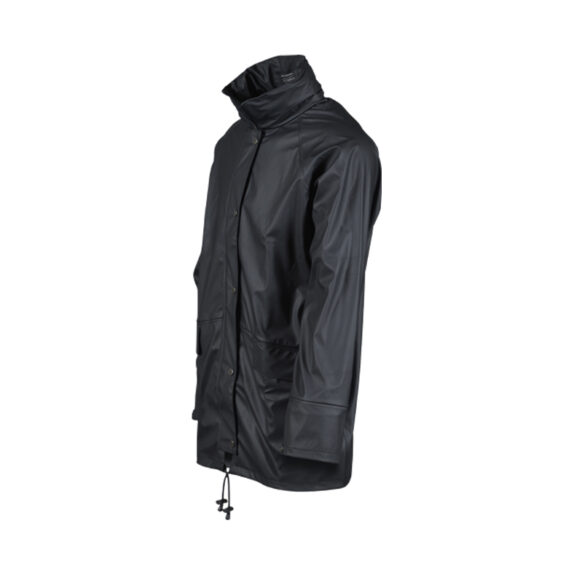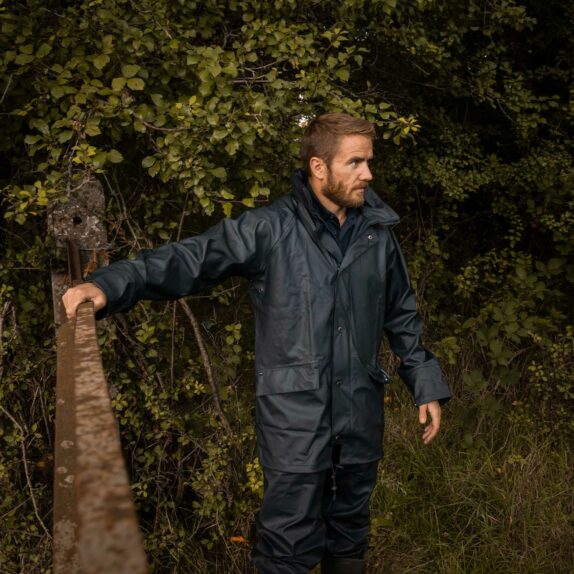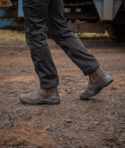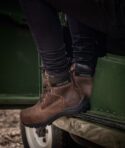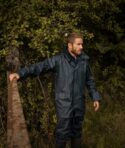Why Do I Need a Waterproof Jacket for Outdoor Work?
When you’re working outdoors, staying dry is crucial for your comfort, health, and productivity. A waterproof jacket is your first line of defence against the elements, protecting you from rain, wind, and even snow. Unlike water-resistant coats, which may only repel light rain, waterproof jackets provide a complete barrier against moisture, ensuring you stay dry even in heavy downpours. This level of protection is essential for outdoor workers who can’t simply head indoors when the weather turns nasty. By investing in a quality waterproof jacket, you’re not just buying a piece of clothing; you’re investing in your comfort and ability to work efficiently in challenging conditions.
How does a waterproof jacket keep me dry in harsh weather?
Waterproof jackets employ advanced technology and fabrics to create an impenetrable barrier against water. These technical fabrics work by preventing water droplets from penetrating the outer layer while allowing water vapour from sweat to escape, keeping you dry from both outside moisture and your own perspiration. The best waterproof coats also come with sealed seams, water-resistant zippers, and adjustable hoods and cuffs to provide comprehensive protection against the elements. Whether you’re facing a light drizzle or a torrential downpour, a quality waterproof jacket will keep you dry and comfortable throughout your workday.
What are the benefits of staying dry while working outdoors?
Staying dry while working outdoors is about more than just comfort – it’s about maintaining your health, safety, and productivity. When you’re wet, your body loses heat much faster, increasing the risk of hypothermia in cold conditions. Damp clothing can also lead to chafing and skin irritations, making your workday uncomfortable and potentially leading to more serious health issues over time. Moreover, wet clothes can be heavy and restrictive, hampering your movement and reducing your efficiency on the job. By keeping you dry, a good waterproof jacket allows you to focus on your work without distraction, maintain your body temperature, and work comfortably for longer periods in challenging weather conditions. This translates to increased productivity, better job performance, and ultimately, a safer and more enjoyable work experience.
Can waterproof jackets improve productivity in outdoor work environments?
Absolutely! Waterproof jackets can significantly enhance productivity in outdoor work settings. When you’re protected from the rain and wind, you can concentrate fully on your tasks without the distraction of discomfort or the need to frequently adjust your clothing. This means fewer interruptions and more efficient use of your time. Furthermore, quality waterproof jackets often feature additional elements like multiple pockets for tools and equipment, reflective details for improved visibility, and compatibility with safety harnesses – all of which can contribute to a more streamlined and productive work process. By investing in a waterproof jacket, you’re not just buying a piece of clothing; you’re investing in a tool that can help you work more effectively in challenging outdoor conditions.
What Features Should I Look for in a Waterproof Work Jacket?
When shopping for a waterproof work jacket, it’s essential to consider several key features that will ensure you get the best protection and functionality for your specific needs. First and foremost, look for jackets made with high-quality waterproof and breathable fabrics. These materials will keep you dry from both external moisture and internal perspiration. A well-designed hood is crucial – look for ones that are adjustable and have a stiff peak to keep rain off your face. Sealed seams and water-resistant zippers are also important features that prevent water from seeping through vulnerable areas. If you work in cold conditions, look for jackets with additional insulation or ones that allow easy layering underneath.
How important is breathability in a waterproof work coat?
Breathability is a crucial feature in any waterproof work coat, especially for those engaged in active outdoor work. While keeping external moisture out is important, allowing internal moisture (sweat) to escape is equally vital for your comfort and temperature regulation. A breathable jacket helps prevent that clammy, overheated feeling that can occur when moisture gets trapped inside. Look for jackets that use advanced breathable membranes. These materials contain microscopic pores that are small enough to prevent water droplets from entering but large enough to allow water vapour to escape. Some jackets also feature additional ventilation options like pit zips or mesh-lined pockets that can be opened for extra airflow. Remember, a truly effective waterproof work coat should keep you dry from both the rain outside and your own perspiration inside.
What type of hood design is best for outdoor work?
The hood is a critical component of any waterproof jacket for outdoor work, and its design can significantly impact your comfort and protection. The best hood designs for outdoor work typically feature adjustability, coverage, and compatibility with safety gear. Look for hoods with multiple adjustment points – one around the face and one at the back of the head – to ensure a snug, customised fit that won’t obstruct your vision or blow off in strong winds. A stiff or wired peak is also beneficial as it helps keep rain off your face and can be shaped to your preference. For those who wear hard hats, consider jackets with hoods designed to fit over safety helmets. Some jackets even offer removable hoods, providing versatility for different working conditions. Remember, a well-designed hood should allow for good peripheral vision and head movement, ensuring your safety and efficiency on the job.
Are there jackets with additional insulation for cold weather?
Yes, some waterproof jackets like our Thermgear waterproof lined jacket include additional insulation, perfect for those working in cold, wet conditions. These jackets combine the water-repelling properties of a standard raincoat with the warmth of an insulated jacket, providing an all-in-one solution for harsh weather. Insulated waterproof jackets often use synthetic materials like PrimaLoft or Thinsulate, which provide warmth even when wet – a crucial feature for outdoor work. When choosing an insulated waterproof jacket, consider the level of activity in your work – if you’re very active, you might prefer a lightly insulated option to prevent overheating.
Should I opt for a looser fit to accommodate layers underneath?
Opting for a looser fit to accommodate layers underneath is often a wise choice when selecting a waterproof work jacket, especially if you work in varying weather conditions. A slightly roomier jacket allows you to adapt to temperature changes by adding or removing layers without compromising on comfort or mobility. This layering system is particularly beneficial in colder climates or during transitional seasons when temperatures can fluctuate significantly throughout the day. However, it’s important to strike a balance – while you want enough room for layers, an excessively loose jacket can allow wind to enter, reducing its effectiveness in keeping you warm and dry. When trying on jackets, wear the type of clothing you typically use as a base or mid-layer. Move around, stretch, and mimic the actions you perform at work to ensure the jacket doesn’t restrict your movement when layered up. Many high-quality waterproof jackets are designed with layering in mind, featuring a relaxed fit without being overly baggy. Look for jackets with adjustable features like cuffs, waist drawcords, and hoods, as these allow you to cinch the jacket closer to your body when you’re wearing fewer layers, ensuring you stay protected in all conditions.
What measurements should I take to ensure the best fit?
To ensure the best fit for your waterproof work jacket, it’s important to take accurate measurements of your body. Start with your chest measurement, as this is often the most crucial for determining your jacket size. Wrap the measuring tape around the fullest part of your chest, typically just under your armpits, keeping the tape parallel to the ground. Next, measure your waist at its narrowest point, usually around your navel. For sleeve length, measure from the centre back of your neck, over your shoulder, and down to your wrist. If you’re interested in the jacket’s length, measure from the base of your neck down to where you want the jacket to end – typically around the hips for most work jackets. Don’t forget to measure your neck circumference if you’re considering jackets with high collars. When taking these measurements, wear the type of clothing you’d typically wear under your jacket, including any mid-layers for cold weather. This ensures you get an accurate representation of how the jacket will fit in real-world conditions. Remember, these measurements are a starting point – always refer to the specific brand’s size chart, as sizing can vary between manufacturers. Some brands also offer more specialised measurements, like arm length or shoulder width, which can be helpful for finding the perfect fit.
What’s the Difference Between a Waterproof Jacket and a Water-Resistant Coat?
Understanding the difference between waterproof and water-resistant coats is crucial when choosing the right outerwear for outdoor work. Waterproof jackets provide the highest level of protection against water, designed to keep you dry even in heavy, prolonged rain. They’re made with specialised fabrics and sealed seams that create a complete barrier against water penetration. Waterproof jackets often use technologies like Gore-Tex or proprietary membranes that are not only waterproof but also breathable, allowing sweat vapour to escape. On the other hand, water-resistant coats offer a lower level of protection. They can repel light rain or snow for a short period, but will eventually allow water to seep through in heavier or prolonged wet conditions. Water-resistant coats are typically made with fabrics that have been treated with a water-repellent coating, which can wear off over time. While water-resistant coats are often more breathable and suitable for light showers or brief exposure to wet conditions, they’re not ideal for extended outdoor work in rainy weather. The choice between waterproof and water-resistant largely depends on the specific demands of your work environment and the typical weather conditions you face.
How does the level of water protection differ?
The level of water protection differs significantly between waterproof and water-resistant jackets, and understanding these differences is key to choosing the right gear for your outdoor work. Waterproof jackets offer the highest level of protection, designed to keep you completely dry even in heavy, persistent rain. They typically have a water column rating of at least 10,000mm, with some high-end jackets reaching 20,000mm or more. This means they can withstand water pressure equivalent to a column of water 10,000mm to 20,000mm tall before leaking. Waterproof jackets also feature sealed seams and water-resistant zippers to prevent water ingress at vulnerable points. In contrast, water-resistant jackets provide a lower level of protection. They can handle light rain or snow for a short period, but will eventually allow water to penetrate in heavier or prolonged wet conditions. Water-resistant jackets often have a Durable Water Repellent (DWR) coating that causes water to bead up and roll off the surface, but this coating can wear off over time, reducing its effectiveness. The water column rating for water-resistant jackets is typically much lower, often below 5,000mm. When choosing between the two, consider the typical weather conditions you work in and the duration of your exposure to wet conditions.
In what situations should I choose a waterproof jacket over a water-resistant one?
Choosing between a waterproof jacket and a water-resistant one depends largely on the specific demands of your work environment and the weather conditions you typically face. Opt for a waterproof jacket when you’re working in consistently wet conditions, especially if you’re exposed to heavy or prolonged rain. Waterproof jackets are essential for jobs that require you to be outdoors regardless of the weather, such as construction work, surveying, or outdoor maintenance. They’re also crucial if you work in areas prone to sudden, heavy downpours. If your work involves being near water sources like rivers or the sea, where you might be exposed to spray or splashes, a waterproof jacket is your best bet. Additionally, if you work in cold, wet conditions, a waterproof jacket is preferable as it will keep you dry and help maintain your body temperature. On the other hand, a water-resistant jacket might suffice if you only need protection from occasional light showers or brief periods of drizzle. They can be suitable for jobs that involve moving frequently between indoor and outdoor environments, where you’re not exposed to wet conditions for extended periods. However, for most outdoor work scenarios where rain is a regular occurrence, investing in a fully waterproof jacket is the wisest choice to ensure you stay dry, comfortable, and productive throughout your workday.
How Do I Care for and Maintain My Waterproof Work Jacket?
Proper care and maintenance of your waterproof work jacket are essential to ensure its longevity and continued performance. Regular cleaning is important, but it’s crucial to follow the manufacturer’s instructions as harsh detergents can damage the waterproof membrane. Generally, use a specialist cleaner designed for technical fabrics and avoid fabric softeners. After washing, it’s often beneficial to tumble dry on low heat to reactivate the water-repellent finish. Over time, you may notice that water no longer beads on the surface of your jacket. This indicates that it’s time to re-proof your coat. Use a spray-on or wash-in waterproofing treatment to restore the water-repellent properties. Pay special attention to high-wear areas like the shoulders and cuffs. Always store your jacket dry and clean, and avoid compressing it for long periods as this can damage the waterproof coating. If your jacket has a hood, ensure it’s fully dry before storing to prevent mould growth. Regular inspections for tears, loose seams, or failing zippers can help you address issues before they compromise the jacket’s waterproofing. By taking good care of your waterproof work jacket, you’ll ensure it continues to protect you effectively, season after season.
Waterproof Jackets for Farming, Construction & More
Built for rugged conditions and heavy wear, our waterproof jackets are perfect for outdoor jobs across various sectors. From farming to industrial work, stay protected and dry.
Find the right waterproof jackets for farming and construction work.
Equip yourself with the best wet gear – Shop the Swampmaster Collection now.
